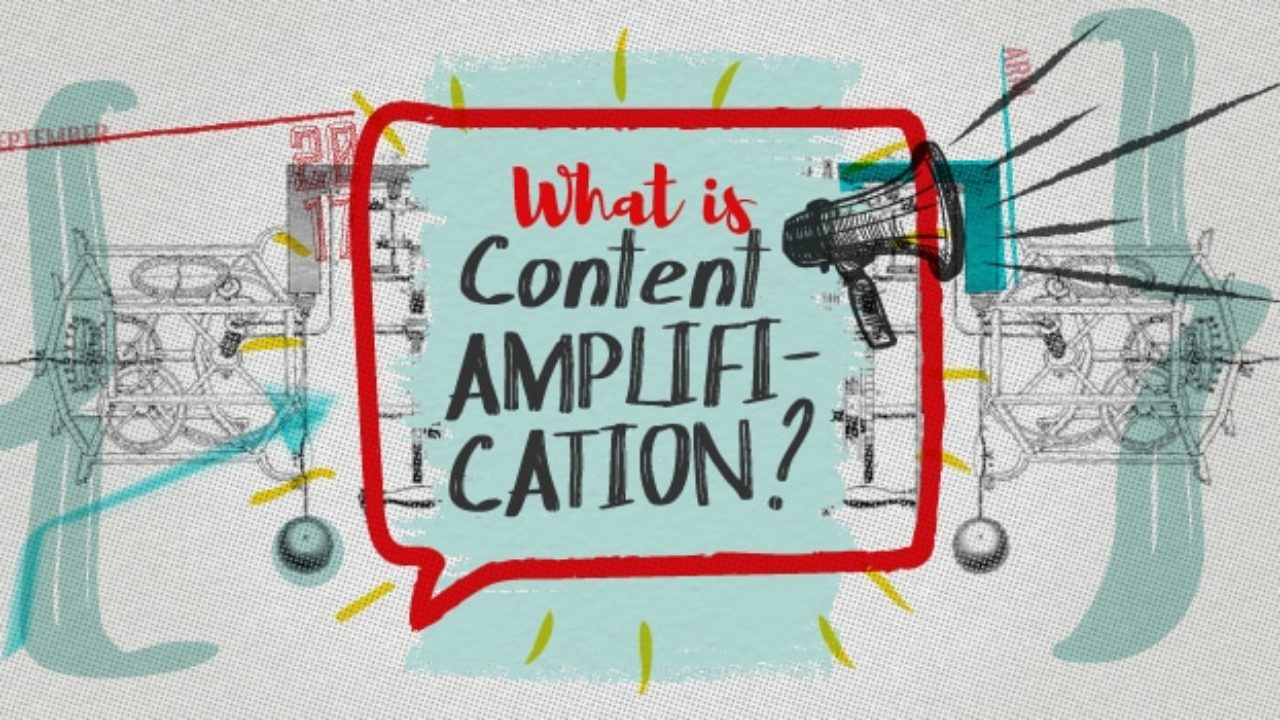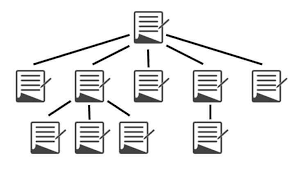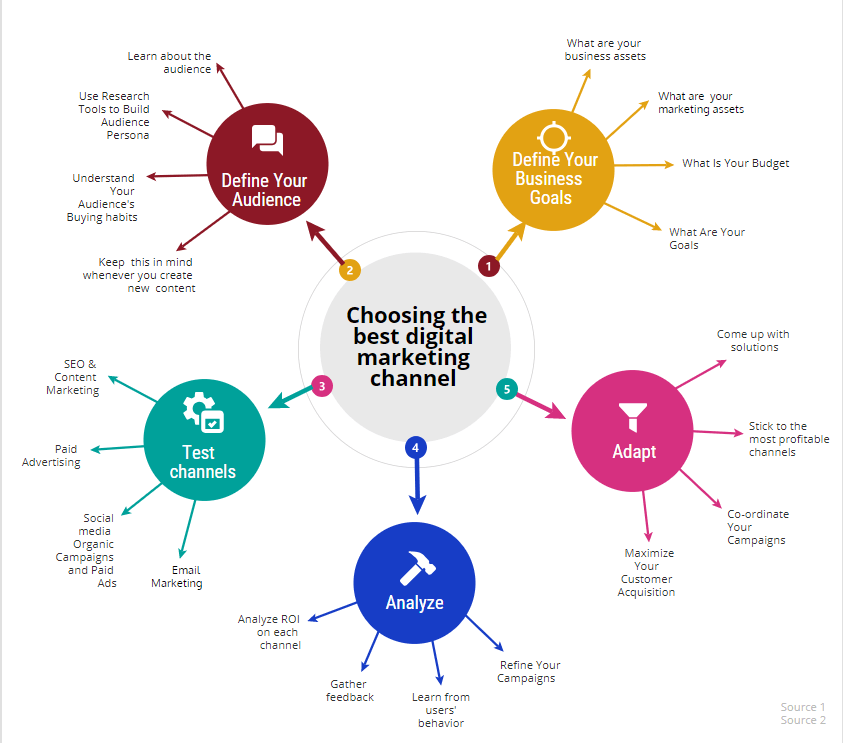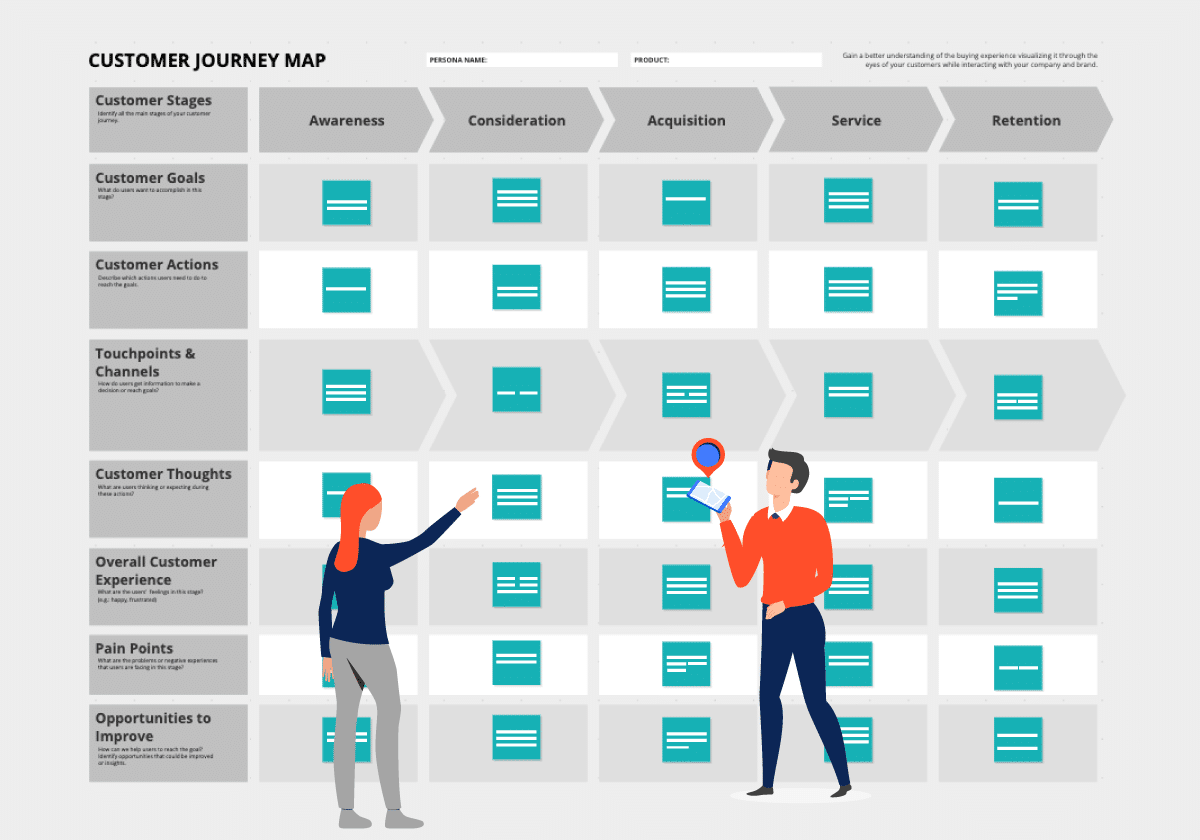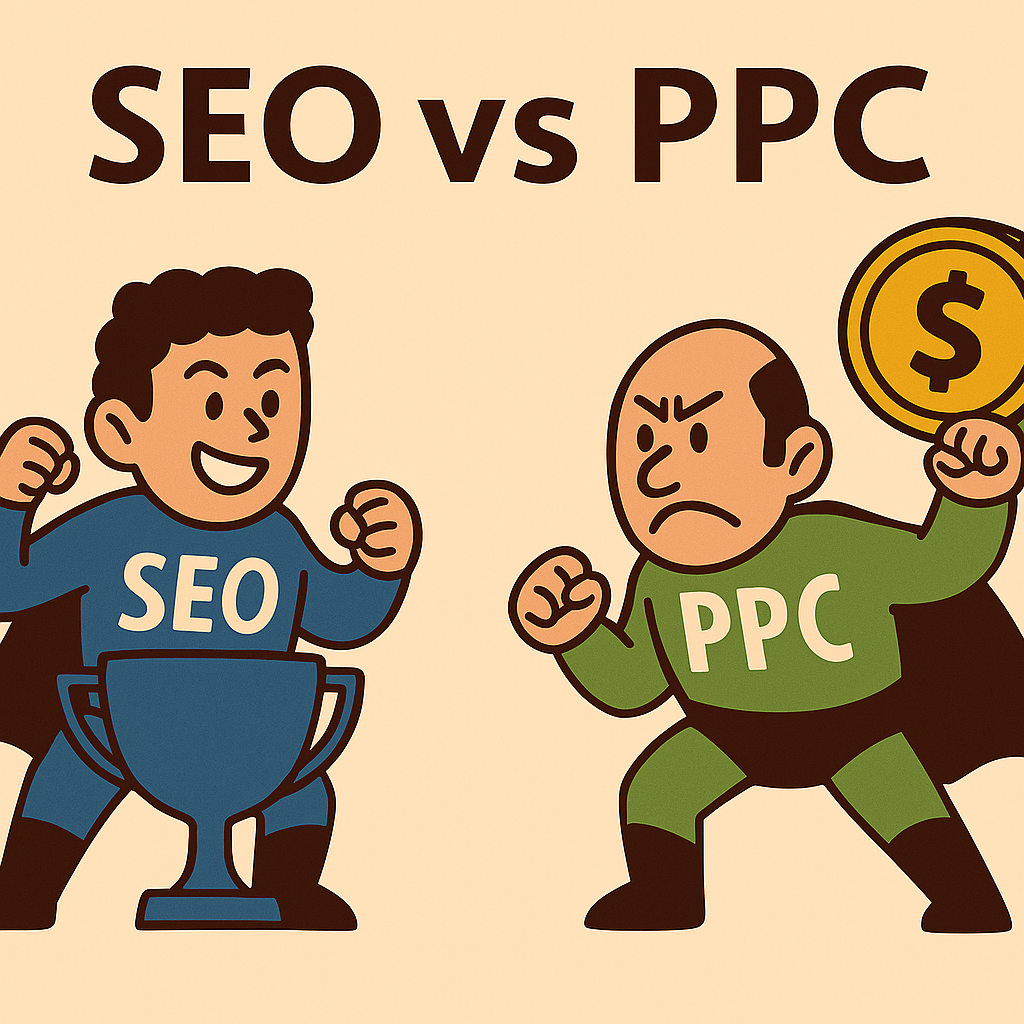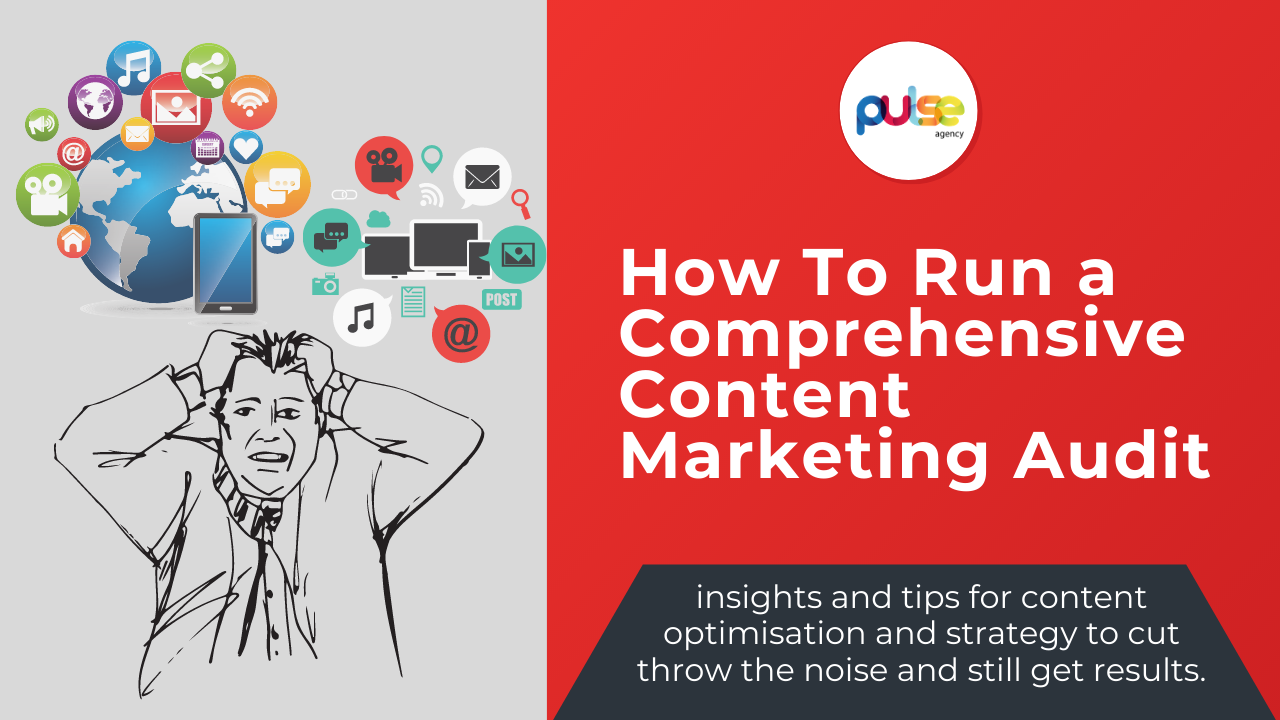
How To Run a Comprehensive Content Marketing Audit
[wl_faceted_search] Although it may seem easy at first glance, performing a content marketing audit can be a real challenge, even for the most experienced marketers and bloggers. However, with over 4.4 million content pieces published daily, obtaining substantial growth through content marketing has become almost impossible without continuously analysing and optimising your content. Periodically performing […]
[wl_faceted_search]
Although it may seem easy at first glance, performing a content marketing audit can be a real challenge, even for the most experienced marketers and bloggers. However, with over 4.4 million content pieces published daily, obtaining substantial growth through content marketing has become almost impossible without continuously analysing and optimising your content.
Periodically performing a comprehensive content audit can help your business improve its performance. You can gain valuable insights into what your audience is interested in, allowing you to remove or replace irrelevant content with something more appealing to your targeted audience.
To run a thorough content marketing audit, there are a few essential steps to take into consideration:
Table of Contents
Analysing the Data
You must first create a content inventory to assess content performance and make intelligent decisions for future optimisations. Data collection is complicated and time-consuming. But ith t e right SEO tools, the task gets more manageable. Screaming rog SEO Spider crawls all your website/blog pages and extracts all the URLs. This tool an automatically collect various other SEO data for you (internal links, metadata, response codes, security data, etc.).
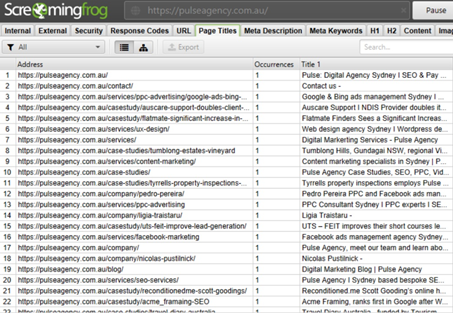
The SEMrush Content Audit tool also audits your website content. It provides you with various data, such as social shares from Twitter and Facebook, backlinks, metadata, content authors, and content length for each URL.
Go to Reporting > Behaviour > Site Content > All Pages in Google Analytics to get valuable information such as page visits, bounce rates, etc. You can easily export this data and then import it directly into your spreadsheet.

To see exactly how specific pages perform in terms of Clicks, CTR and Impressions, you can go to Google Search Console, click Search Analytics, and select Pages you want to analyse.
All this information gathered into a big spreadsheet allows you to get the big picture, based on which you can then quickly identify the content to keep, the content to discard, and missing content ideas that you can further develop.
If you are dealing with a big website, the analysis can take a while (days, even weeks). Afte you have all the critical data extracted from the tools into one crucial document, it is time to draw some conclusions.
Based on content quality, performance, customer experience, or all these factors combined, you can rewrite or remove individual pages, create evergreen content pieces, or develop more content for the main categories.
Performing a Content Gap Analysis
Content gap analysis can be defined as detecting missing topics and content pieces your audience is most likely to be interested in. The purpose of these missed opportunities is to allow users to move through the funnel (convert into buyers). When performing the content gap analysis, you must clearly understand who your customers are (buying persona). Understanding your customers’ points is essential for creating the right customer for each stage of the buyer’s journey content around topic clusters.
Online buyers have dramatically changed, and so have the technologies used to interpret and offer search results. Twenty per cent of monthly Google searches are conducted via voice search, so it is no wonder people. You are submitting longer, more conversational queries. This has led SEOs and bloggers to adapt their content marketing strategies to stay relevant.
Today, to get ranked in search and best answer the queries your customers are submitting, you need to organise your content around topic clusters. Af er choo ing the broad topics you want to develop, you should create various pieces of content based on specific keywords related to that topic that all link to each other, to create search engine authority. Organising content into a topical hub allows your readers to quickly find the content they are interested in so that your most valuable pieces of content serve attention.
The Pillar page (named as such by Hubspot in 2017) is the core of a topic cluster. It is a long piece of content that covers all aspects of the chosen topic. After creating the pillar page, you can write more detailed cluster blog posts that link back to this page.
Following this model, big brands that want to offer content that responds to their users’ needs become real learning hubs. For example, he UnUnileveUnUnileverusers’entled “A” l Thin” s” Hair,” “offers “v” rious Unilever products for all hair types.
“G” Goldm” n “SaSachs’ “SaSachs’ “t “ub, called “O” r Thin” i” g,” “offers “r” as different content on various other finance-related topics.

Airbnb’s neighbourhood hub offers valuable information. Airbnb has a list of popular cities for travellers, all broken down by specific neighbourhoods. This way, travellers can learn particular details about their locations.

Analysing your cocompeticocompetitors’ebsitess
You have found that your perfect competitors are probably other companies offering the same product or service. Therefore, when auditing and optimising your content, it may be helpful to look at what your competition is doing.
By using Majestic Site Explorer or BuBuzzSumBuBuBuzzSumo’sacklinksassess the number of backlinks your cocoBuzzScocoBuzzSumo’sontente is getting, you can measure social shsharcomshsharcompetitor’sitalt can allow you to identify overperforming pieces of content that you can use as inspiration.

This infographic will explain to small businesses the channels they can choose for the marketing mix.
Summary
A content marketing audit is an essential step for a successful marketing strategy. By carefully inventorying your existing content, analysing the data you’ve you’ve, and optimising each piece of content accordingly, your costs save time and stand out in front of your competition.
As an example, this Ahrefs tutorial shows how to get more traffic from Google by deleting and redirecting content on your website:






